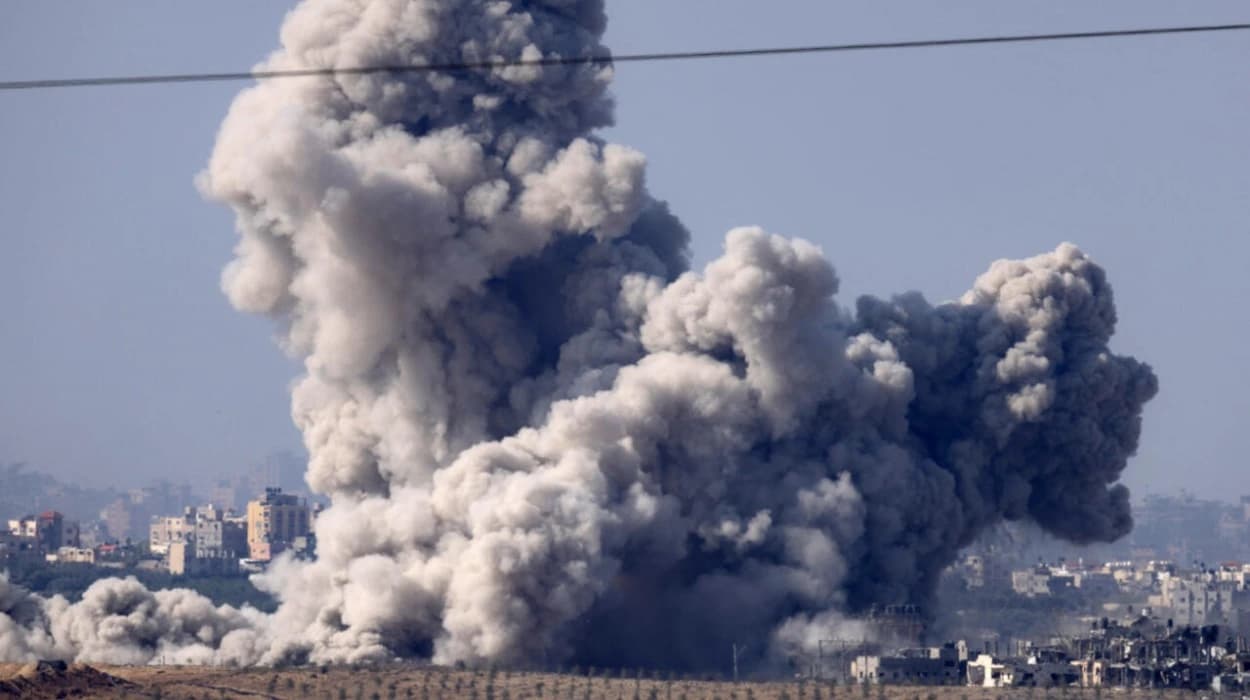Israel’s ground invasion of Gaza City enters its
second day amid escalating conflict, prompting a mass exodus of civilians
fleeing intensified fighting. Multiple sources report significant military
operations alongside humanitarian concerns as residents seek refuge from
ongoing violence.
Israel's Ground Offensive Intensifies
As reported by various international media outlets, Israel
has launched its ground offensive in Gaza City, marking the second consecutive
day of hostilities. The military operation involves ground troops entering the
densely populated urban area, aiming to dismantle militant infrastructure.
According to field journalists covering the conflict, this
phase of the offensive significantly escalates the hostilities compared to
prior air and artillery campaigns. The Israeli military's stated objective is
to neutralize militant groups entrenched within residential zones, raising
complex operational challenges due to civilian presence.
Mass Displacement and Civilian Flight
Eyewitness accounts and humanitarian organizations confirm a
large-scale displacement of civilians as the ground invasion advances. Hundreds
of thousands of residents are reported to be fleeing the combat zones to seek
safety in less-contested parts of Gaza or attempting to cross into neighboring
areas.
An official from the United Nations Relief and Works Agency (UNRWA), as cited by humanitarian correspondents, highlighted the grave humanitarian consequences of the fighting:
"The scale of displacement is staggering, with vulnerable populations bearing the brunt of the conflict’s impact."
The agency is appealing for immediate humanitarian access to aid
those trapped in conflict zones.
Humanitarian Concerns and International Reactions
The escalation of violence in Gaza City has prompted urgent
calls from international bodies for protection of civilians. The United Nations
spokespeople emphasize the need for adherence to international humanitarian
law, cautioning against actions that may disproportionately affect
non-combatants.
Diplomatic sources relay ongoing efforts by regional and
global actors to negotiate ceasefires or at least humanitarian pauses, but with
limited success amid persistent hostilities.
Military and Tactical Developments
Field reports detail that the Israeli Occupation Forces are
employing combined arms tactics, including infantry supported by armoured
vehicles and artillery to penetrate guerrilla strongholds within Gaza City's
urban environment. Intelligence officials quoted in briefings indicate a focus
on specific militant command centres and weapons caches.
Militant factions within Gaza reportedly respond with
entrenched urban guerrilla tactics, complicating the Israeli forces' advance
and contributing to the intensity of the clashes. Sources note that indirect
fire from militants towards Israeli positions and border communities continues
alongside ground warfare.
Broader Conflict Context
This ground invasion comes after weeks of increased tensions
and hostilities, including rocket fire from Gaza militants and retaliatory
Israeli strikes. Security analysts warn that the current operations could
signify a protracted conflict phase with substantial implications for regional
stability.
Both Israeli government statements and Gaza leadership
communications have underscored their respective commitment to their
objectives, though at considerable human and economic costs.
With Israel’s ground invasion of Gaza City underway for a second day and civilian flight mounting, the situation remains highly volatile. The combination of intense military action and humanitarian crisis continues to draw international focus and calls for restraint. The evolving conflict will require close monitoring as parties navigate complex military objectives and urgent humanitarian needs.
